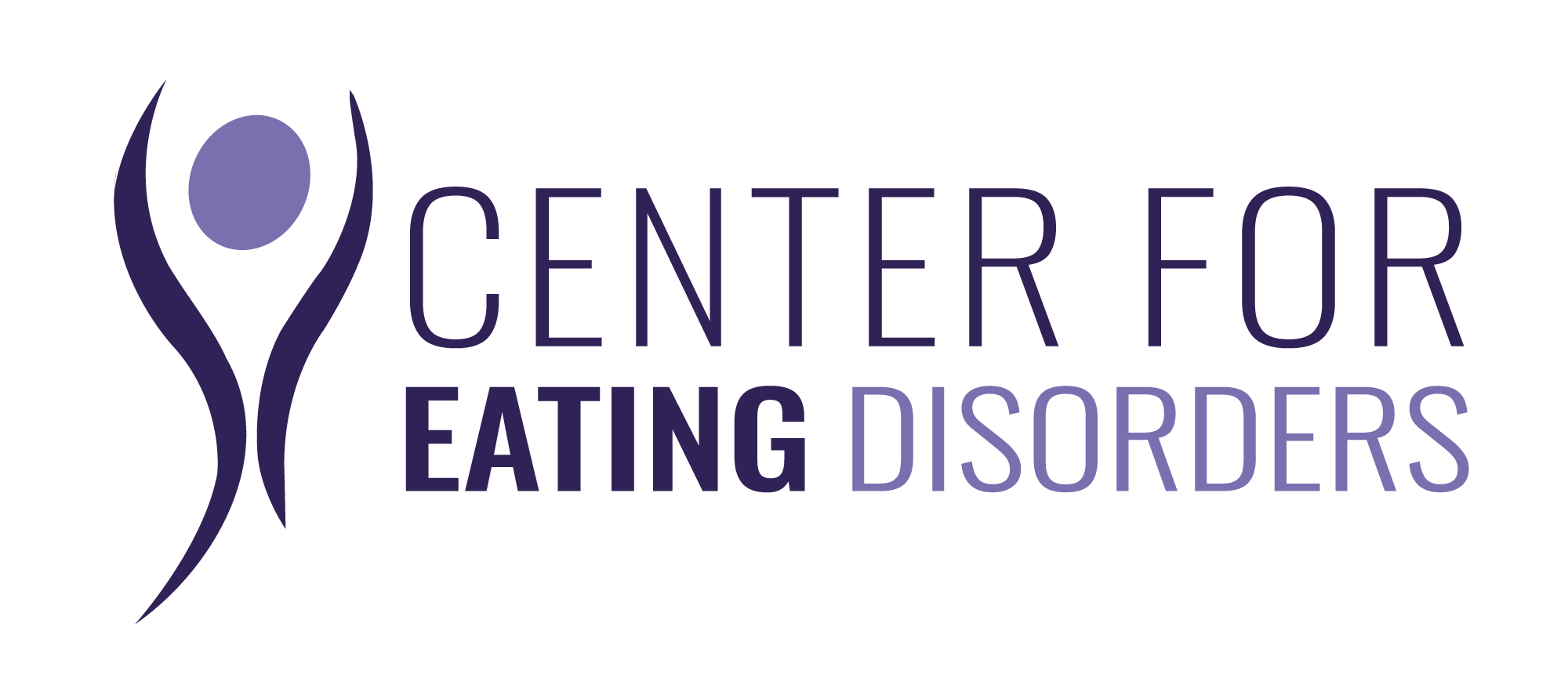In chewing and spitting, people chew food without swallowing it. Instead, they spit it out after chewing. This practice differs from other eating disorders such as bulimia, where the ingested food is removed from the body through self-induced vomiting. Unlike bulimia, where food is initially swallowed whole, C&S prevents the absorption of calories by spitting them out before the act of swallowing.
Although it is not classified as a separate mental disorder, it is a serious challenge for sufferers and is often linked to other eating disorders. Early recognition of these signs and proactive support can go a long way to helping sufferers on their road to recovery. It is important to act with compassion and understanding and to focus on the health and well-being of your loved one.
Signs of chewing and spitting
- abnormal eating behavior: Abnormalities while eating, such as chewing food longer than usual or avoiding swallowing certain foods.
- hidden eating: Finding hidden leftover food or observing that the sufferer often withdraws during or after meals to eat and then spit.
- emotional changes: Mood swings, anxiety or depression, especially around meals or the subject of food.
- physical signs: problems with teeth such as gum disease or tooth damage, bad breath or signs of malnutrition despite seemingly normal eating behavior.
- social withdrawal tendencies: withdrawal from social activities, especially those associated with food, or generally less interaction with friends and family.
How can relatives provide support?
Relatives are often faced with the challenge of responding sensitively and supportively to the behavior of a family member or friend. An understanding and proactive approach can be very helpful in guiding the affected person on their road to recovery.
Firstly, it is important that family members educate themselves about C&S and its possible psychological background. This education forms the basis for not rashly condemning the behavior, but understanding it as part of a more complex mental health problem. Educational materials can be obtained from online sources, specialist literature or by talking to professionals. In addition, open dialog is invaluable. Relatives should have encouraging and non-accusatory conversations that allow the person affected to express their feelings and fears.
In everyday life, relatives can also provide support by organizing meals together in a positive environment. They should take care to create a relaxed atmosphere, free from pressure or stress about eating. This can help the affected person to develop a healthier relationship with food and gradually reduce C&S behavior.
It is also important to pay attention to possible triggers that could set off C&S behaviors. This could include avoiding certain situations or foods that are known triggers. Relatives should be empathetic and try to develop an understanding of the triggers and the person’s reactions to them.
Why do people resort to chewing and spitting?
The reasons for this behavior are varied, but often center around the fear of gaining weight. Individuals who practice C&S can thus enjoy the taste of foods considered “forbidden” or high in calories without absorbing the calories. This can be used in some cases as a strategy to control body weight.
Despite the intention to avoid calorie intake, C&S is not without its risks. The constant chewing and spitting can lead to various health problems, including dental damage, gastrointestinal distress and nutrient deficiencies. In addition, this behavior can increase psychological distress such as feelings of guilt, shame and isolation.
Chewing and spitting in the context of other eating disorders
C&S is often practiced by people who already suffer from other eating disorders or have suffered from them in the past. It can occur as a precursor or accompanying symptom of disorders such as anorexia or bulimia. In some cases, it can also serve as a transition from a strict diet to a more serious eating disorder.
Therapeutic approaches
As C&S often occurs in conjunction with other eating disorders, treatment should always be given in the context of the underlying mental health issues. Therapeutic approaches may include cognitive behavioral therapy, which aims to change dysfunctional thoughts and behavior patterns. A thorough understanding of the causes and triggers of these behaviors is crucial for successful treatment.
Compassion and understanding
Ultimately, it is crucial that family members act with compassion and understanding and focus on the health and well-being of those affected. By providing proactive support and promoting a healthy lifestyle, loved ones can play a significant role in overcoming C&S. Collaboration with professionals and a constant, supportive presence are essential to provide a safe framework for recovery.

